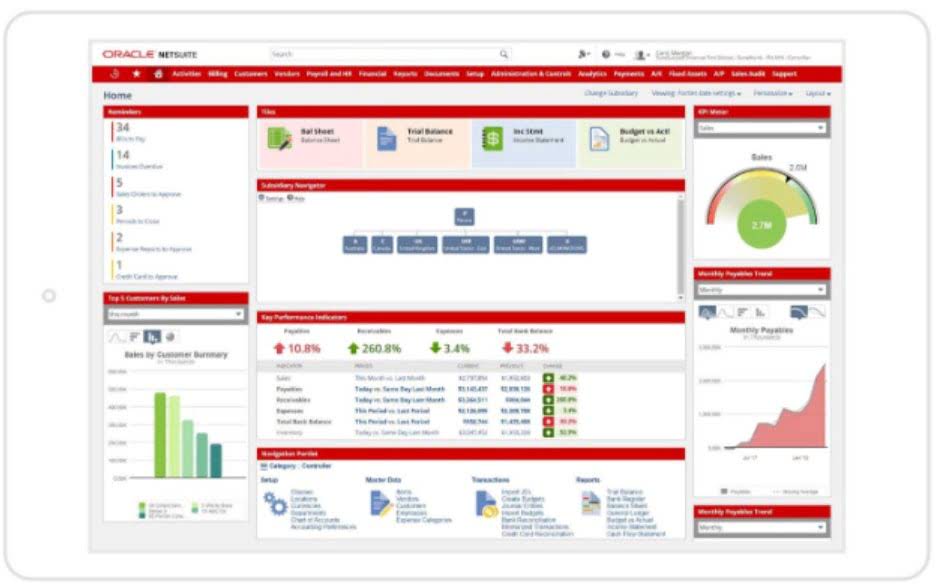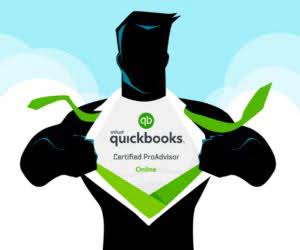Even if the combined salary you receive exceeds the Social Security wage base limit, it is still subject to FICA deduction on a paystub. Like the first example, if an employee earns $2,400 per payroll period, the employer withholds $34.80 for the employee’s share and then matches it with the same amount equivalent to 1.45 percent. Therefore, the employee would have a total of $69.60 paid into the Medicare fund. Betting on Social Security and Medicare as your only retirement savings and health care insurance is a terrible idea. Remember, these taxes are not used to pay for your future benefits.
- The two main separate taxes combine to make the FICA tax, which pays for both Social Security retirement benefits and Medicare health insurance.
- Fortunately, excess FICA tax could be refunded when you file for your taxes.
- Richard will be over-withheld because the couple’s combined income is beneath the married, filing jointly threshold of $250,000.
- If you have more than one job, you may underpay the amount of FICA taxes you owe.
- And unlike the other FICA taxes, the 0.9 percent Medicare surtax is not withheld unless wages paid to an employee exceed $200,000.
- Employees who anticipate being under-withheld for the Medicare surtax can make estimated payments or they can request additional income tax withholding on Form W-4.
If you reported more than $50,000 in taxes in the previous four quarters, then you must make semiweekly deposits to the IRS. For example, if you pay your employees on a Wednesday, Thursday, or Friday, you must deposit your FICA taxes by the following Wednesday. If you pay your employees on Monday, Tuesday, or the weekend, you must file your taxes by the following Friday. If you reported less than $50,000 in taxes in the previous four quarters, then you may file your FICA taxes monthly. Thus, for monthly filing, your FICA taxes are due to the IRS by the 15th of the month following payroll.
FICA Tax: What Does It Mean and How Is It Calculated?
On December 1, you are required to withhold Additional Medicare Tax on $20,000 of the $50,000 bonus. You may not withhold Additional Medicare Tax on the other $30,000. You must also withhold the additional 0.9 percent Medicare tax on any other wages paid to Trevor in December 2022. For Medicare tax, excess repayments are nonrefundable since it has a wage base limit, unlike the Social Security tax. Unlike Social Security, Medicare tax on paystub does not have a wage base.
This means that gross income above a certain threshold is exempt from this tax. The wage limit changes almost every year based on inflation. This income ceiling is also the maximum amount of money that’s considered when calculating the size of Social Security benefits. For the past what is a hurdle rate couple of decades, however, FICA tax rates have remained consistent. For both of them, the current Social Security and Medicare tax rates are 6.2% and 1.45%, respectively. So each party – employee and employer – pays 7.65% of their income, for a total FICA contribution of 15.3%.
Your Contributions Make Our Nation Stronger
The FICA tax was increased in order to pay for this expense. This website contains articles posted for informational and educational value. SurePayroll is not responsible for information contained within any of these materials.
Let an expert do your taxes for you, start to finish with TurboTax Live Full Service. Or you can get your taxes done right, with experts by your side with TurboTax Live Assisted. Just answer simple questions, and we’ll guide you through filing your taxes with confidence. Whichever way you choose, get your maximum refund guaranteed. However, a 0.9% tax is applied to earnings over $200,000 (as a single filer) or $250,000 (as a married filing joint) for Medicare.
The deposits are reported through Form 941, a quarterly payroll tax report given to the Internal Revenue Service (IRS) and sent using the Electronic Federal Tax Payments System (EFTPS). Additionally, all new businesses have to start depositing monthly. It is good to understand how much taxes and deductions are, how they are calculated, and where they are going. While there are many deductions listed, one of the best places to start is by identifying the FICA on a paycheck stub. Yep, starting your own business has its rewards, but unfortunately, being self-employed doesn’t get you off the hook when it comes to paying taxes—especially paying FICA taxes.
FICA is a nonelective tax that is withheld automatically from your paycheck throughout the year, so you’ll never have to worry about it when tax returns are due. As an employee in the United States, you are most likely subject to the FICA tax. While there are a few exemptions, such as certain religious figures or groups, and for some students employed by the school they attend, most workers must pay into the system.
However, for this tax, the employer would not match the payment. The two main separate taxes combine to make the FICA tax, which pays for both Social Security retirement benefits and Medicare health insurance. FICA also pays for benefits for widowers and widows, qualified disabled workers, and children who lost their working parents. It basically said that all working Americans would contribute to funding Social Security through a new tax.
Social security wage ceiling
You must start deducting the Medicare surtax when the employee’s earnings reach $200,000, but the couple falls beneath the $250,000 threshold for married, joint filers. That means when they file their tax return, they will receive a refund for the surtax. Similarly, an employee might end up underpaying FICA taxes if their own wages fall below $200,000, but their joint income with a spouse is over the $250,000 threshold. FICA taxes are payroll taxes that fund social security and Medicare. Both employees and employers must contribute their fair share.
What is OASDI tax (on my paycheck)?
Employers must send the IRS Form 941 on the last day of the month after the end of each quarter. For example, for the first quarter of the year, the form should be filed on the last day of April. FICA and withholding taxes are important to understand so you know where your money is going. Although the amount you contribute to FICA is determined by the government, you do have some control over other withholdings based on your W-4 Form answers. You can also keep your hard-earned money in your pocket by making sure you don’t miss any tax deductions.
I got approved the first time so hopefully I will this time . See what’s best for your situation—and services you can trust. Security Certification of the TurboTax Online application has been performed by C-Level Security. All features, services, support, prices, offers, terms and conditions are subject to change without notice. FICA rates are regularly adjusted by Congress based on demographics and inflation.
Tax Tips
Instead, those payroll taxes you’re paying are collected by the IRS and sent out to folks who are currently receiving Social Security benefits (aka beneficiaries). The amount your employer sets aside for FICA is based on percentages set by the federal government. As for federal, state and local income taxes, the amount your employer withholds will usually depend upon the information you provided when filling out your W-4 Form or a similar state or local form.
If that happens, you’ll have to make separate estimated tax payments (unless you asked for additional withholding on your W-4 form). The Social Security and regular Medicare taxes owed are unaffected by the number of withholding exemptions an employee may have claimed for income tax withholding purposes. In some instances, the employer must withhold an additional 0.90 percent in Medicare tax on paystub for compensation over a threshold amount.
There is no employer match for the Medicare surtax (also called the Additional Medicare Tax). You withhold this 0.9 percent tax from employee wages, and you do not pay an employer’s portion. Also, unlike the other FICA taxes, you withhold the 0.9 percent Medicare surtax only to the extent that wages paid to an employee exceed $200,000 in a calendar year. Self-employed workers must pay both the employee and the employer portion of the FICA tax. Thus, business owners and other self-employed individuals must pay the full 15.3 percent of FICA taxes.




